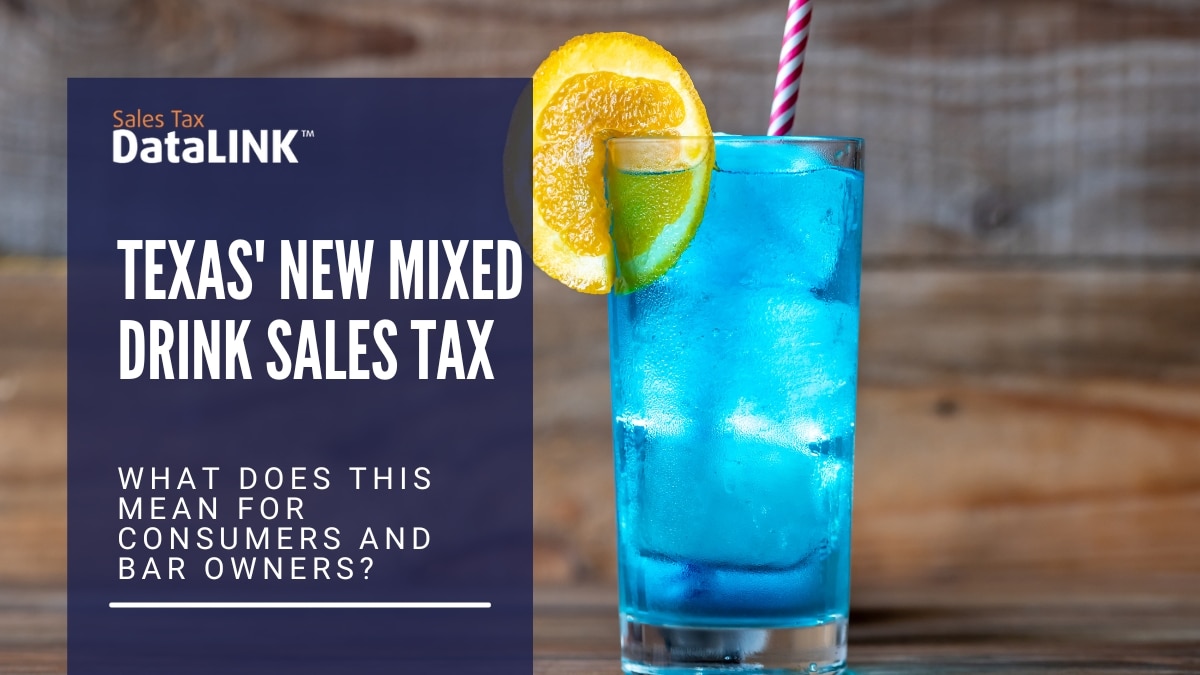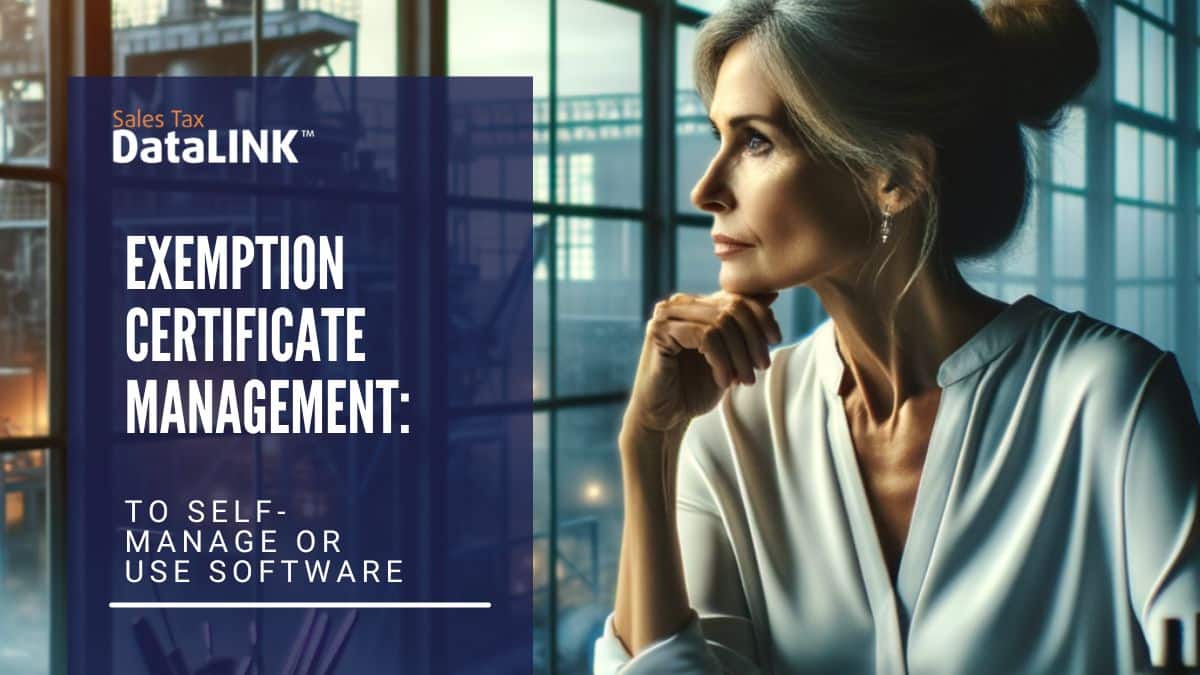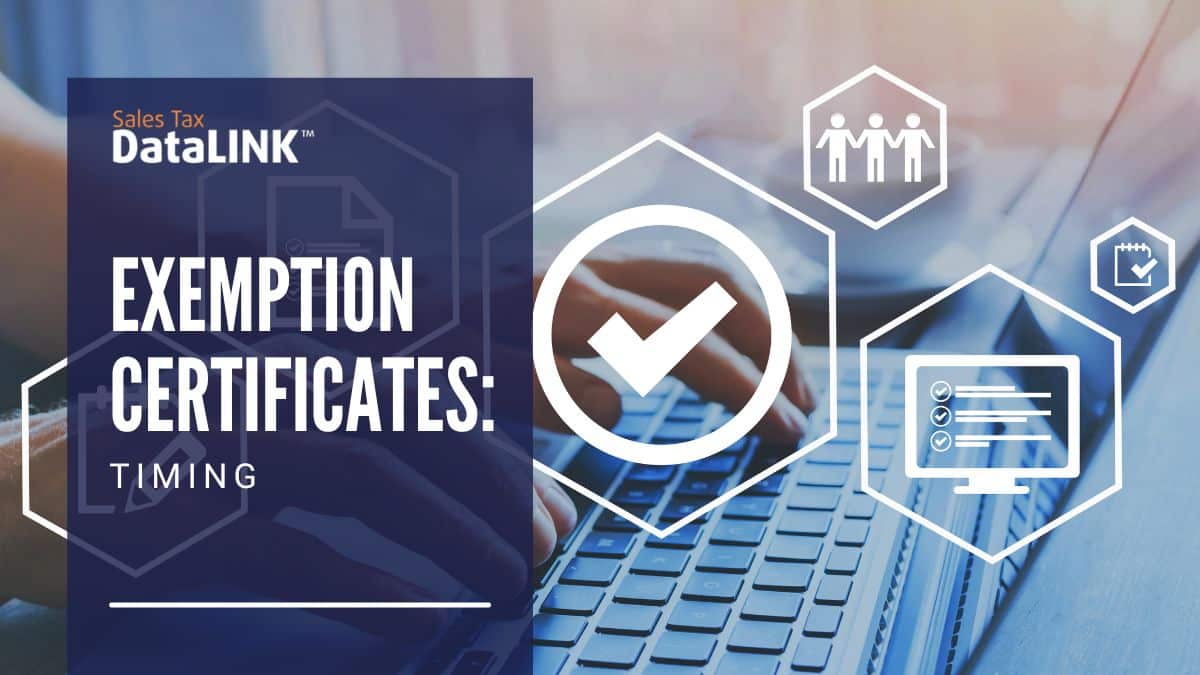Liquor taxes get complicated and controversial and Texas is implementing some changes in the coming months that haven’t gone unnoticed. As it stands now, restaurants pay a 14% tax on gross receipts if they sell mixed drinks but there is no sales tax on mixed drinks to the consumer. Mixed drink gross receipts include cover charges, not just drinks. Wine and beer carry an 8.25% sales tax. With new law changes the gross receipt tax will decrease to 7%, reducing the amount in half. But mixed drinks will now carry the same 8.25% as other alcoholic beverages. So what does this mean for consumers and bar owners? The total amount of gross receipt tax bars pay will decrease, increasing their overall profits.
Consumers might be adversely affected depending on how bars decide to price their drinks. If there’s a 7% reduction in price to match the reduction in liquor tax, consumers will only see a 1.25% increase in the total cost of a mixed drink. However, bars will likely take advantage of this to make more money rather than decrease costs for customers. While some restaurants and bars are saying they will reduce prices to stay competitive and that will keep the overall cost down, many consumers are saying they just don’t care about a small increase in total cost because they’re more focused on the goods than the price. As a business, what is the best thing for you to do in a situation where taxes change and affect your price structure?
On the one hand, keeping your profits the same and letting the state of Texas take the blame for an increase in the price of mixed drinks is a smart move in terms of making more money. But in this case, where it’s a restricting of all taxes on gross receipts and not just alcohol, this change is going to have a much bigger effect than just the price of mixed drinks. For instance, if a customer spends $12 at your bar, where $8 is from a cover charge and $4 is from a mixed drink, as a business you would have made a profit of $10.32. With the new changes, you’ll make a profit of $11.16, increasing your profits by 7% on both the cover charge and mixed drink, not just the mixed drink portion of the bill. However, without pricing changes the customer will see an increase of 8.25% on the mixed drink, increasing the bill from $12 to $12.33. In this same scenario, if someone only pays a cover charge of $8, you keep $6.88 now after you pay the tax.
With the reduction in total gross receipt tax as part of the mixed drink tax, you’ll make $7.44 once the law is active. The customer won’t see a change in price but you get to pocket more money. To keep things the same, bars would have to restructure all of their prices on everything, from alcoholic beverages to cover charges. But that’s unlikely to happen and as a business owner it might not be worth it since you can see increases in revenue without changing anything. The best move, however, is likely to reduce drink prices by 8.25%. In the $12 example above, an 8.25% reduction in the price of the mixed drink will keep the cost at $12 for your customers but you’ll make $10.85. That’s 5% more for the gross receipt than with the current laws so you see an increase in revenue but keep your customers happy. Some advertising can also help bring in more customers who are upset with the sales tax increase and increase your profits even more. With any tax change, do some sample calculations to determine the best way to accommodate the changes.




